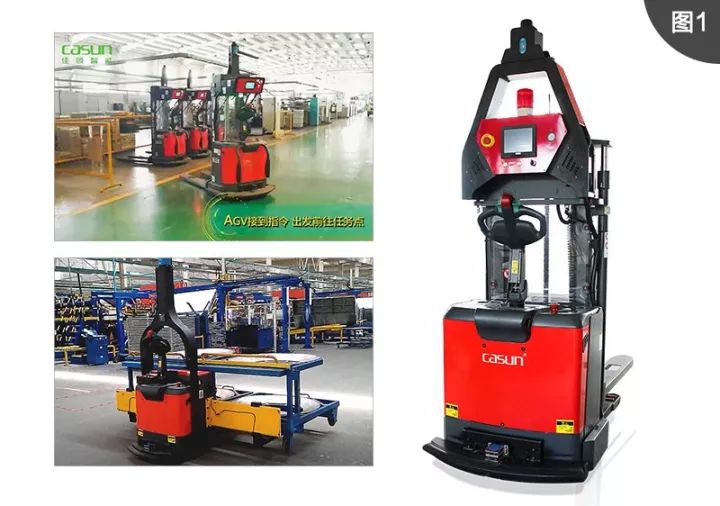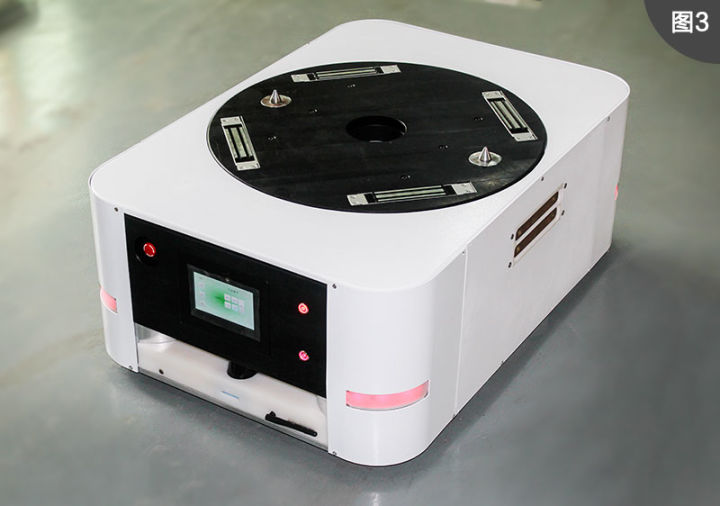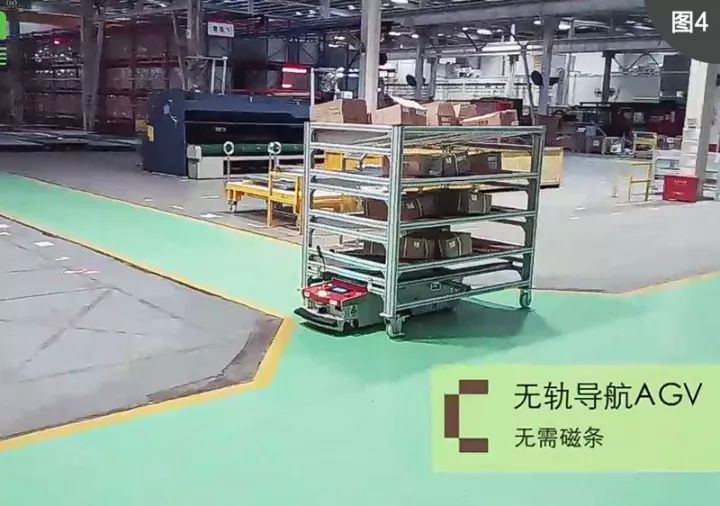 Focus on AGV industry for 18 years
Focus on AGV industry for 18 years
 Focus on AGV industry for 18 years
Focus on AGV industry for 18 years
In the era of artificial intelligence technology, major companies are constantly shouting slogans to build automated intelligent warehouses. In this environment, agv trolley is attracting attention and market sales are growing exponentially, and the technology of AGVs is always being updated at high speed.
And now, the most attention is bound to be paid to the new concept of trackless AGVs. In fact, trackless AGVs are not a new concept. A long time ago, GlaxoSmithKline already launched trackless agv trolley, for example: laser-guided AGVs, qr code navigation AGVs, magnetic nail-guided AGVs, etc.
1、Laser guided navigation agv

Casun laser-guided AGVs can be divided into two types: reflector-guided and contour-guided. The reflector-guided AGVs are fitted with precisely positioned reflector plates around the AGV's driving path, and the AGV determines its current position and direction by emitting a laser beam and simultaneously collecting the laser beam reflected by the reflector plates.

Contour-guided AGVs, on the other hand, build up a complete set of maps of the trolley's driving path by means of laser ranging combined with SLAM algorithms, without any auxiliary materials, with a higher degree of flexibility and suitable for global deployment!
2、QR code navigation

After receiving the instructions from the work centre, the AGV is guided to the loading point by the navigation system. Once loaded, it follows the preset instructions, analyses the start-end path and then plans the best path to the designated location. The navigation system is used to identify the surrounding QR code information, so that the AGV subsystem can calculate and analyse its position in real time, and then send it to the work centre computer using wireless communication, in order to manage and plan the overall logistics operation progress of the industrial site, avoiding mutual interference and improving transport efficiency.
3、Magnetic spike guided AGV vehicles

The magnetic peg navigation method uses magnetic navigation sensors to detect the magnetic signals of the pegs to find the path of travel, except that the magnetic stripe navigation method uses continuous sensing of the magnetic stripe to intermittent sensing, so that the distance between the pegs is not too large and the AGV is in a state of distance metering between the two pegs, where an encoder is required to measure the distance travelled. Secondly, the control module used for peg navigation is the same as the control module for magnetic stripe navigation.